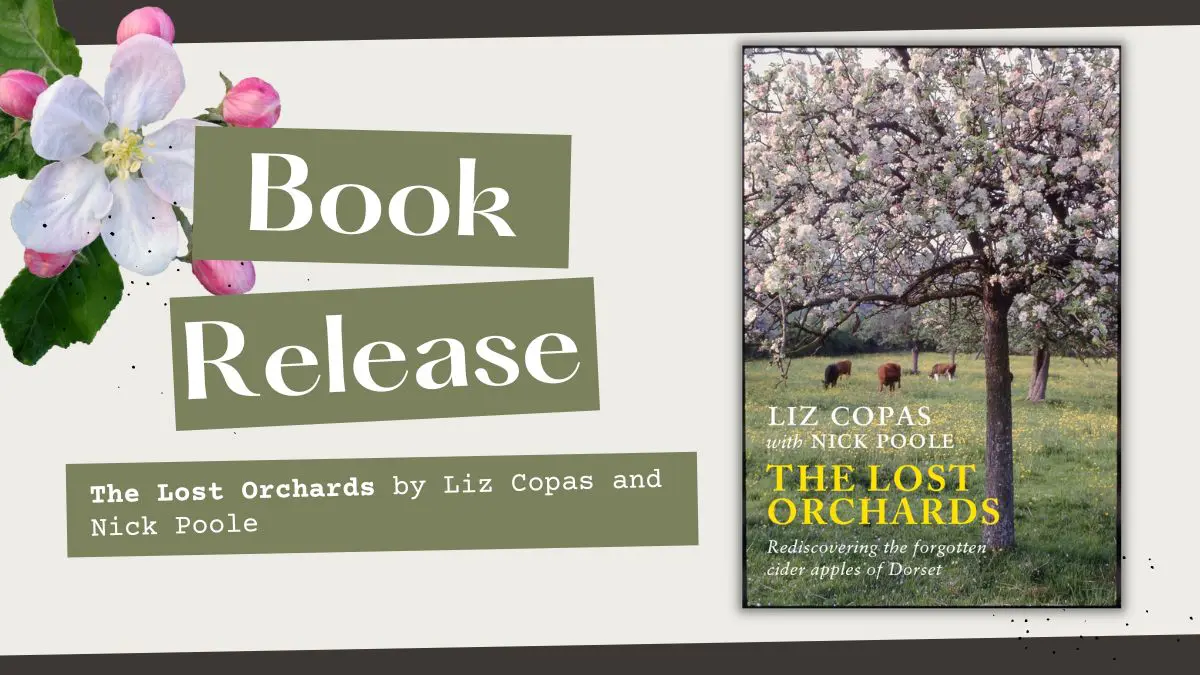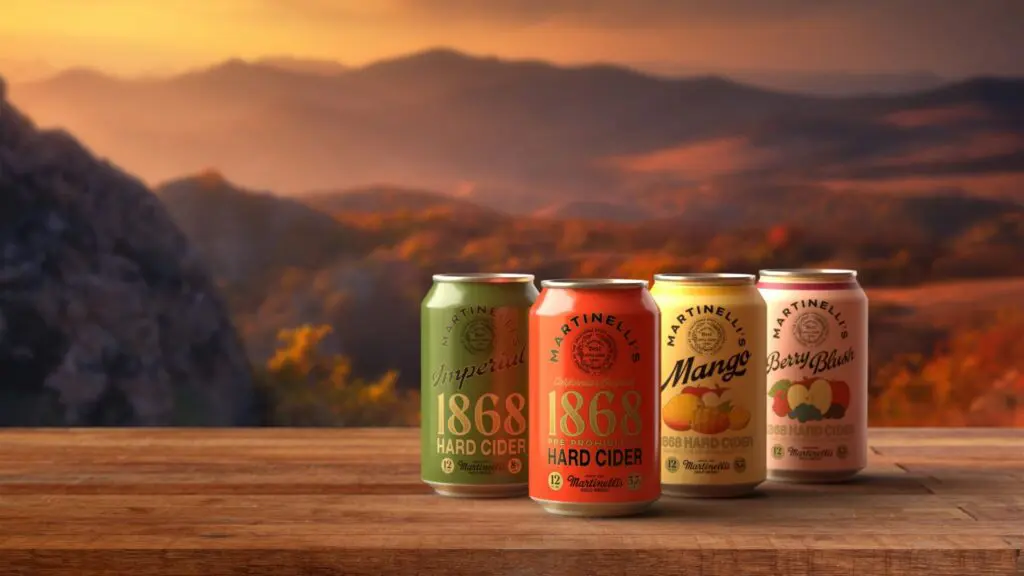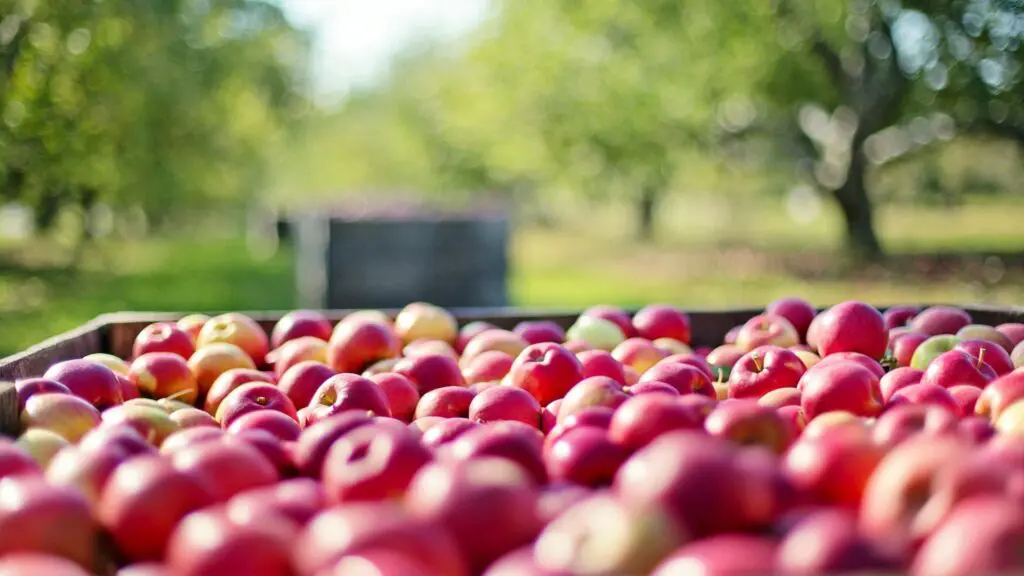Liz Copas’ gift to cider enthusiasts and lovers of rural places
Herefordshire. Somerset. Devonshire. These are the places the well-informed American cider drinker thinks of when talk turns to English cider and apples. The wonderful new book by Liz Copas, The Lost Orchards – Rediscovering the forgotten cider apples of Dorset, is destined to add Dorset to the list.
There are many in the British cider community that might consider Liz Copas something of a national treasure. She has spent decades working with apples, orchardists and cider in southwestern England, first as part of the team of researchers at the Long Ashton Research Service near Bristol, then, after the untimely closing of LARS, as a consultant. Her knowledge is both broad and deep as is well demonstrated by her previous book on Somerset, Cider Apples – The New Pomona.
For The Lost Orchards, Copas teamed up with Dorset cidermaker Nick Poole. Together they have spent years combing the Dorset countryside for pockets of orchards or their long-forgotten remnants. They’ve dug deeply into archives and collected oral histories from the old timers, the folks with the tales that often go unrecorded but that enrich our understanding of a time and place in a way that bare facts cannot. When it was possible, Copas and Poole used their many years of experience to identify known named varieties, supplemented by comparative DNA analysis.
Many of the old trees had no recorded name, however, though clearly planted and used with cider in mind. In these cases, Copas and Poole christened the apples based on their original location or some other salient quality. Yaffle, a large yellow-green bittersweet, was given the West Country nickname for a green woodpecker; an old late-ripening bittersweet growing in a hedge was named Mutton Street Marvel for its ability to somehow survive an annual flailing by local tractors as they passed by. Each apple is a story, and each story creates a little piece of the world around it. The resulting book is not just a pomona of Dorset apples but a rich exploration of the region itself.
Situated on the southern coast along the English channel, Dorset has been inhabited by humans for many millennia. Its natural harbors made it a logical landing spot for the Celtic peoples moving in from the mainland, for the Romans who followed and conquered them, and the Saxons that moved in after the Romans left. Some of these people certainly brought apples with them, and there is an argument to be made that it is Dorset that was the birthplace of cider in the British Isles. The authors make a good case for this idea, spending the latter half of the book exploring the history of apples and cider and their impact, both ancient and modern, on Dorset and its neighbors.
The text has been exquisitely researched, but the true pleasure is in the writing, which is a joy to read. Copas’ prose is both warm and assured, leaving the reader with the feeling that she can see the countryside, hear the birdsong and feel the apple blossom–scented breeze on her cheeks. It is a book that will appeal to both the consummate cider enthusiast and lover of rural places alike.









